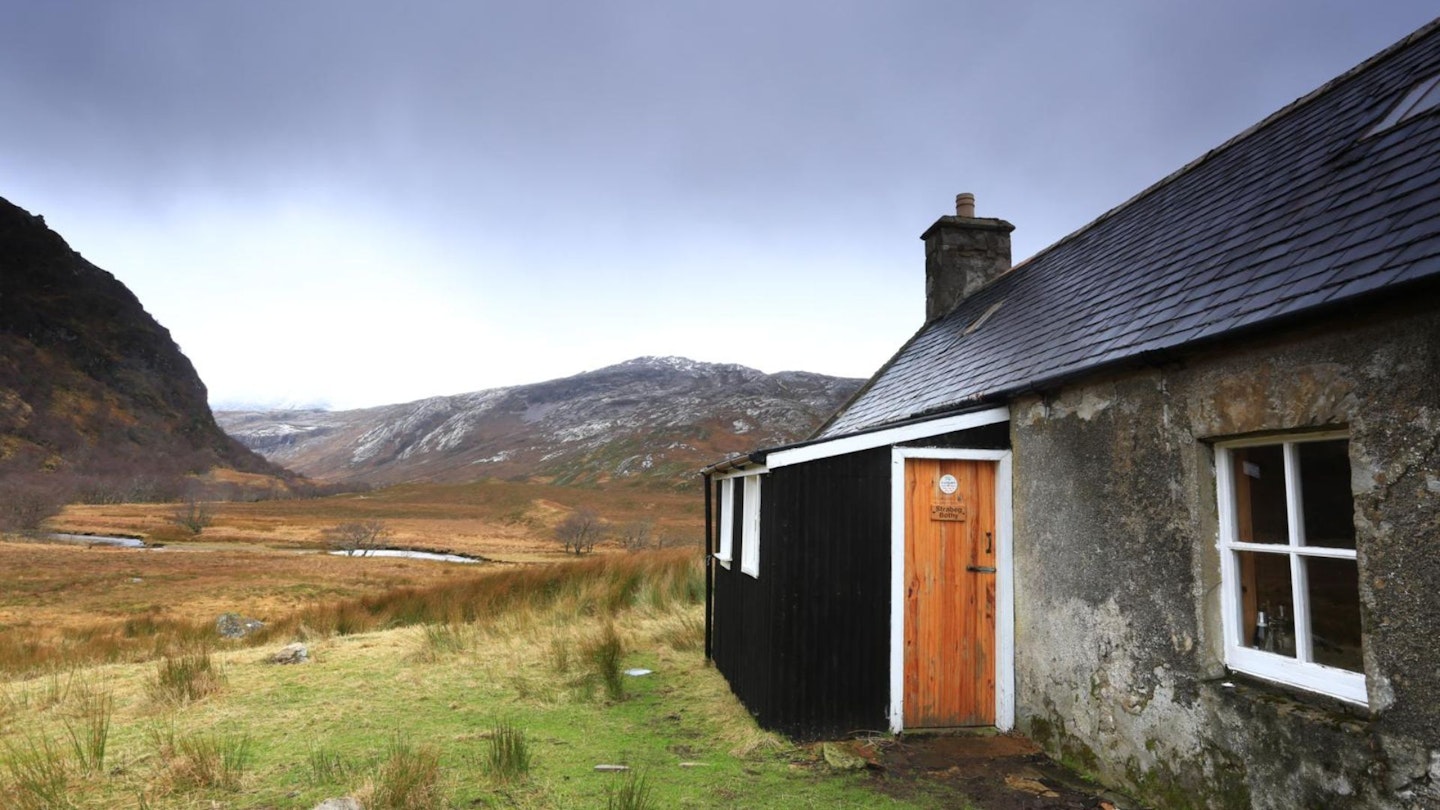Spending the night in a bothy is an essential bucket list experience for anyone who loves immersing themselves in the great outdoors.
These iconic shelters are scattered all over Britain but the details of how they work can be a bit of a mystery until you've stayed in one yourself. So to help matters along, here is a comprehensive guide to bothying, written by a certified bothy enthusiast.
What is a bothy?
A bothy is a small isolated dwelling used as a rudimentary overnight shelter for outdoor enthusiasts, and they're found in mountainous areas over Scotland, Wales and England. According to Scots law, they must be more than 100m from any road or habitable building, and not have any piped water, fuel source or electricity.
In slightly more accessible and exciting terms, though, a bothy is often a cute wee hut. Usually in a remote and beautiful location which is a bit of a schlepp to get to. Once used as accommodation for estate workers, they now remain unlocked, and are available to stay in for free when you're hiking, biking or kayaking. It's potluck whether you'll have the place to yourself, or get to share with other like-minded outdoorsy folk - but bothies have long been a fabulous part of a thriving outdoor culture. Here's how to enjoy them responsibly.
Skip to:
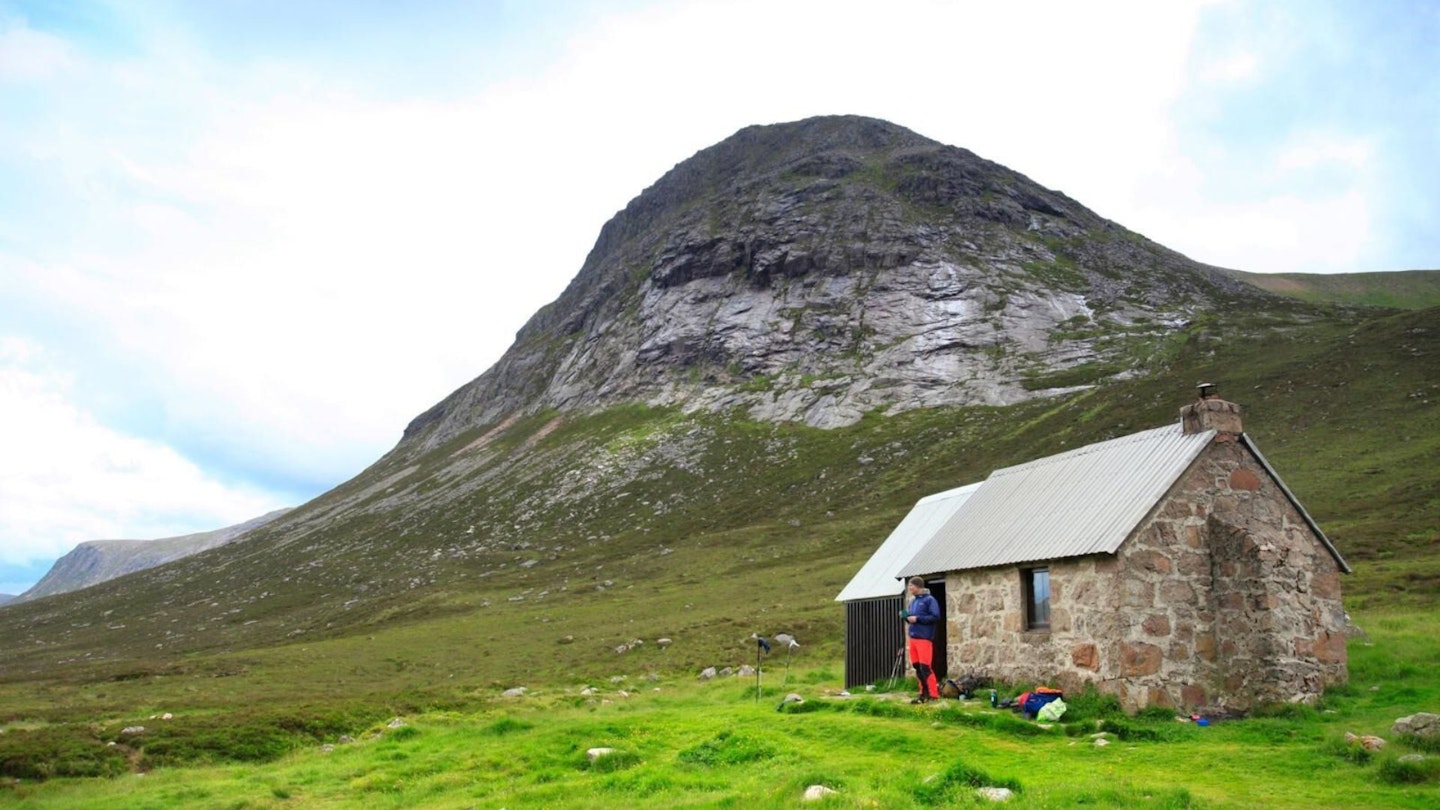
But wait, what do bothies look like?
The bothy itself can look like anything from a sparse garden shed, up to a full four-roomed cottage complete with two stoves and sleeping platforms. Many bothies are made of stone and have just two rooms; some have a dirt floor, some are stone and many are wooden. Most have a stove, or at least an open fire in one room. You'll need to bring fuel such as coal or wood if you fancy staying warm.
In terms of furniture, you might find a table, a bench and a few chairs, but don't count on it. The same goes for sleeping platforms: they're nice to have (they keep you off the cold hard floor) but aren't guaranteed at every bothy. Perhaps worryingly, there are some bothies – Carnmore near Poolewe and Clennoch in Galloway spring to mind – with full sprung single mattresses. Whether you'd like to risk sleeping on these is down to personal belief in your own immune system.
Why is it called a bothy?
Although the etymology of the modern word 'bothy' is unclear, bothán is old Irish for 'hut' and in Scottish Gaelic, bothan or bothag are regional variants for the same word. Welsh also has bwthyn, meaning 'cottage,' - so the word has travelled down both Brythonic and Goidelic lines, and then been Anglicised somewhere along the way. It's anyone's guess as to where.
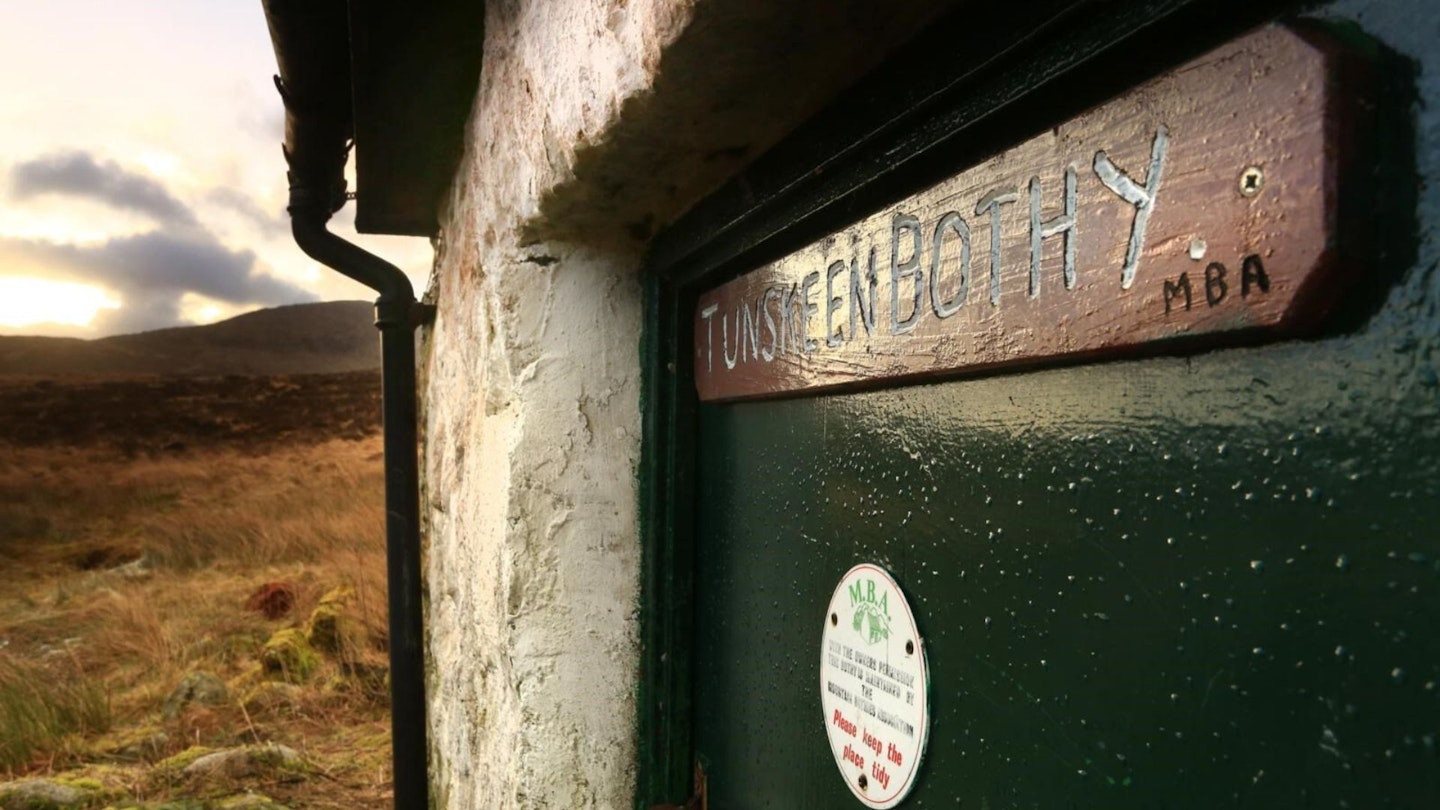
Are bothies free to stay in?
Yes. Staying in a bothy should always be free. If there's someone at the door trying to charge you to stay there, laugh and tell them to pull the other one – it's got bells on. Of course, though, with rights come responsibilities and the Mountain Bothy Association, which maintains many bothies in the UK, has developed a bothy code for users to follow. This includes but is not limited to guidance on:
- Leaving the bothy as you found it – e.g. don't burn tables or leave rubbish
- Making everyone feel welcome – e.g. never turn people away from a bothy.
- Not using the bothy for groups of six or more – e.g. don't turn up for a stag do.
- Treating the surroundings with respect – e.g. don't chop down trees for the fire
It's common sense stuff, really, but the MBA does an outstanding job of keeping bothies free and pleasant to use; respecting the bothy code is key to a good stay for you and everyone else.
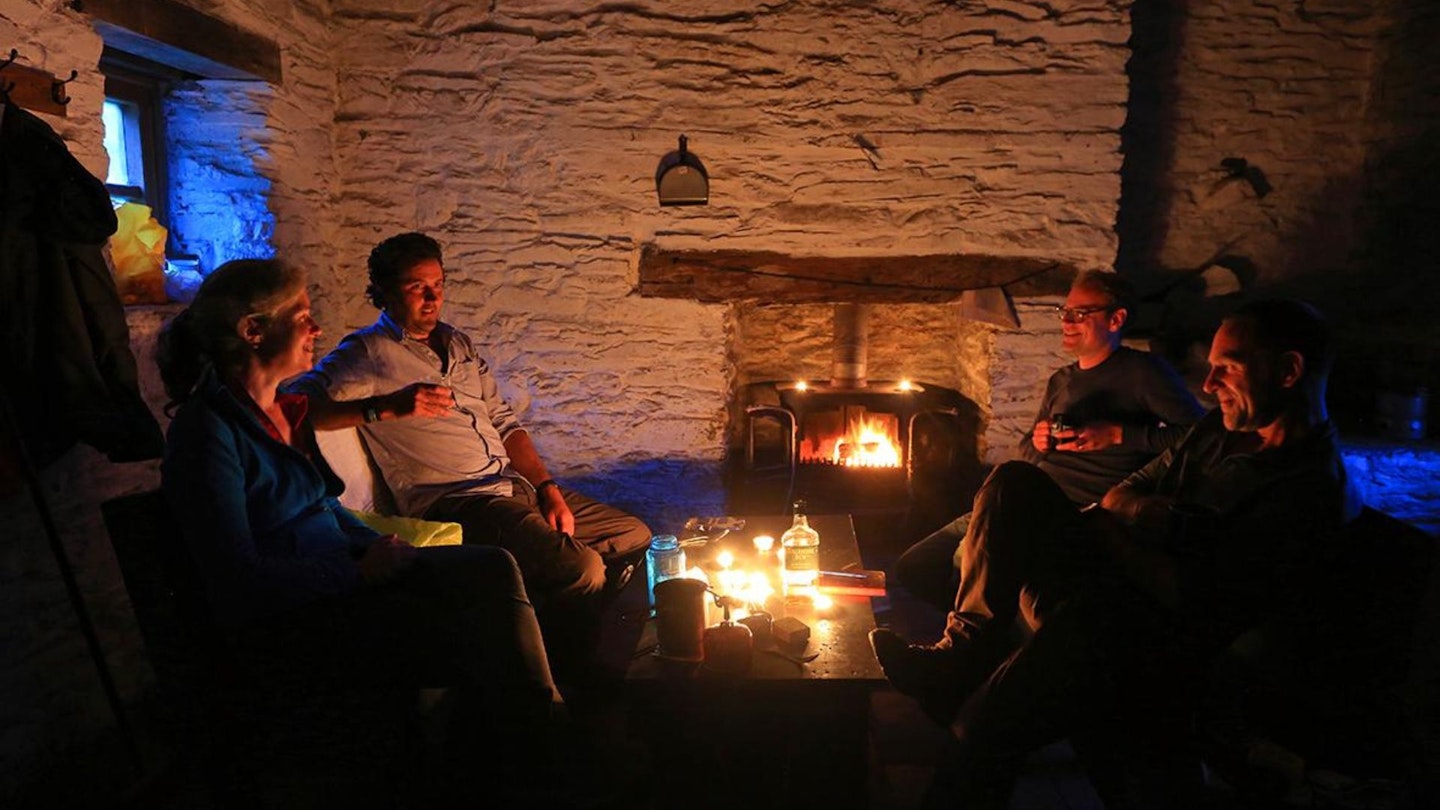
Where are the best bothies and how do I get to them?
Ah. This question opens up a small but vicious can of worms, so before answering it fully, have some context:
In the Olden Days of Middle Internet, you'd have had to find out where a bothy was and what it was like either by foraging in the wastelands of various hillwalking and climbing forums, asking a local, or consulting an OS map of the area - usually all three in tandem. Then, in 2009, the MBA published a complete list of bothies and their locations on their website. This was partially to do with clearing up inaccuracies and myths surrounding the bothies and their whereabouts, and partly because making locations publicly available was a good idea for democratising mountain culture. Bothies are, and always will be, for everyone.
And now for the worms. In 2017, The Bothy Bible - a complete guide to over 100 Scottish bothies – was published and became a bit of a bestseller. The chap who wrote it, Geoff Allan, was widely criticised for bringing bothies to the mass market, which people felt would make them more prone to being trashed – a classic Tragedy of the Commons scenario.
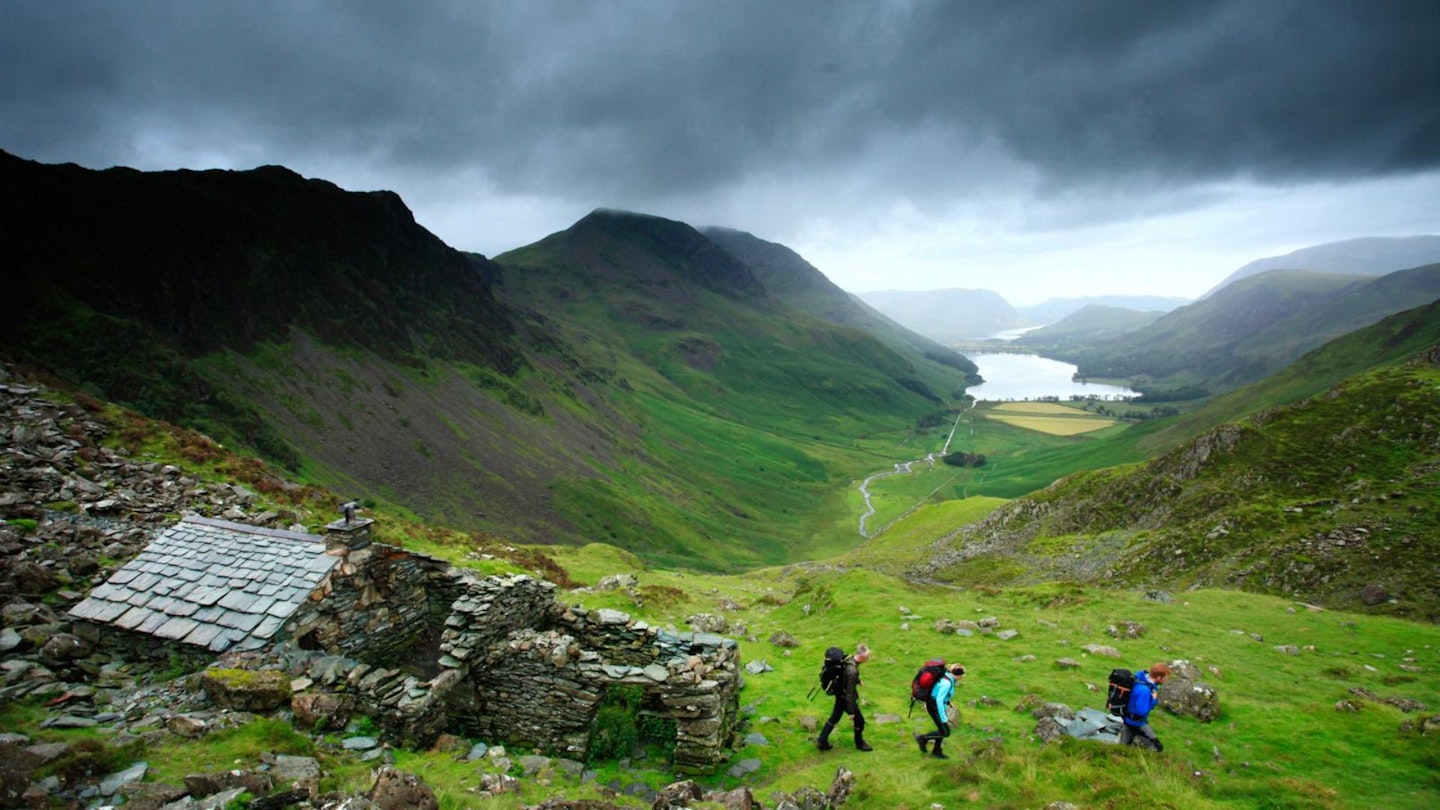
It's hard to separate moving variables here, but many people believe that the bothy bible has done significant damage to the culture and encouraged bothies to be abused. Whether or not this is true, or simply coincides with a surge in people enjoying the outdoors (and the fact that bothies have been occasionally trashed for years and years, book or no book), will never be answered. We couldn't possibly speculate or take sides, but if you want to know where the bothies are and how to get to them, you can buy the Bothy Bible here.
What do I need to stay in a bothy?
The first thing you want to bring to a bothy is a tent. There is every chance you'll be sharing the bothy with other people, and while there's always room for one more around the fire, squeezing in like sardines when you're trying to sleep is sub-optimal.
Tents also offer an escape hatch, either from someone else's raging sleep apnoea or a party that's just not dying down soon enough. Make sure the one you bring is lightweight enough not to be annoying if you don't end up pitching it.
If you do get to sleep in the bothy itself though, think of it more like a big stone tent rather than a house. It'll keep the wind and rain off, sure, but other than that, they're pretty spartan. This is especially true when it comes to warmth: not all bothies have fires, and those that do are often wildly inefficient at keeping a room warm overnight.
What that means is that you'll want a warm sleeping bag to start, and a roll mat of some kind for keeping you from losing all your body heat to the floor. Of course, if you're in a bothy in the Cairngorms in the dead of winter, you'll want a beefier bag, but in the summer you can probably get away with a two-season job in most places.
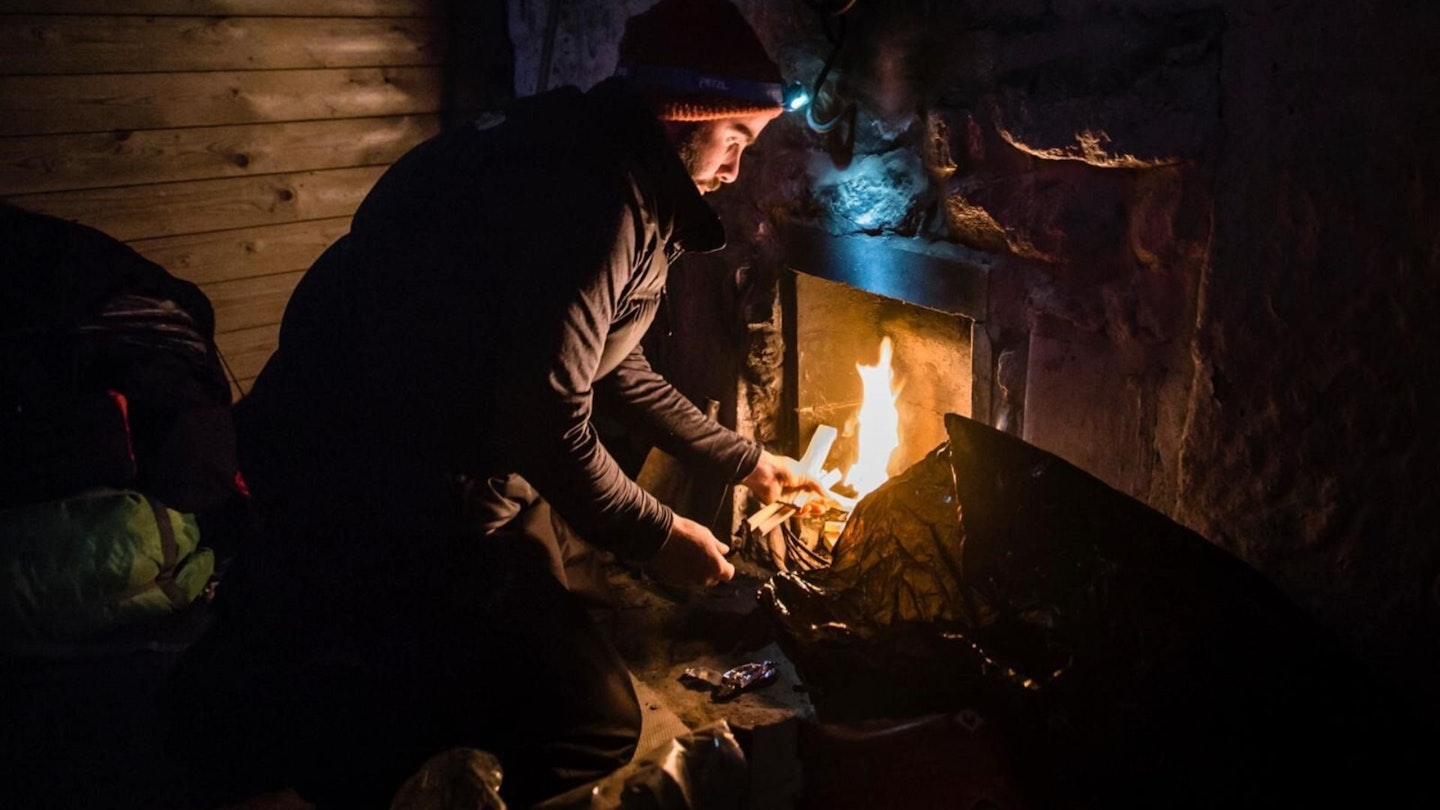
You'll also probably want to cook yourself a hot evening meal while you're there, so a camping stove, cutlery, a pot and a mug are all bothy essentials, as is bringing tea or coffee for the morning. Keeping warm and drying out your wet socks is also pretty essential – so carrying in coal or firewood is a must for a toasty night if your bothy has a fire or multi-fuel stove.
What else should I take?
Other non-negotiable things to bring with include a headtorch, a pair of packable slippers or crocs (there's nothing nicer than kicking off your walking boots and slipping into something comfy) and a pair of earplugs for the inevitable snoring. A spare change of comfy clothes, if you have space is also advisable, especially if you've been sweating or muddy during the day. Hand sanitiser and loo roll are also advisable (see the next section), as is some extra whisky or cake with which to help make friends.
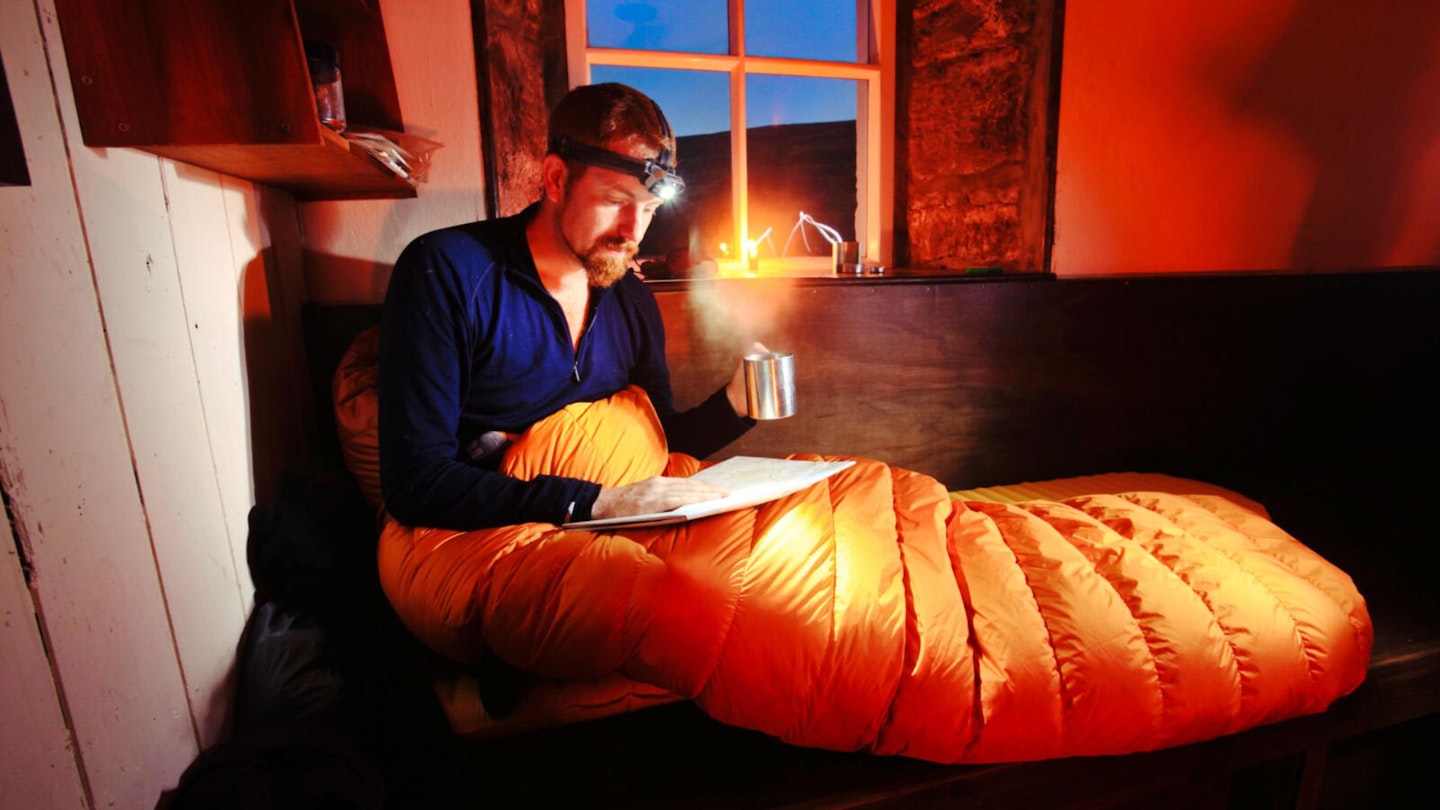
Other than that, I like to bring something extra to eat and drink, like wine or pudding, to make my bothy stay more of a memorable occasion. A pack of cards, or another portable game, is also a great bet if there's a group of you. Failing that, a gritty Scottish crime novel will provide some atmospheric bedtime reading. Lastly, tea-lights or tapered dinner candles can provide some cheap ambient lighting; leave any you don't use for the next punters to enjoy.
Do bothies have toilets?
Some bothies have composting toilets, but the majority are loo-less. You should walk at least 100m from the bothy, and any water source, dig a big hole using the spade provided, go about your business, and then bury your waste like a big hairless cat.
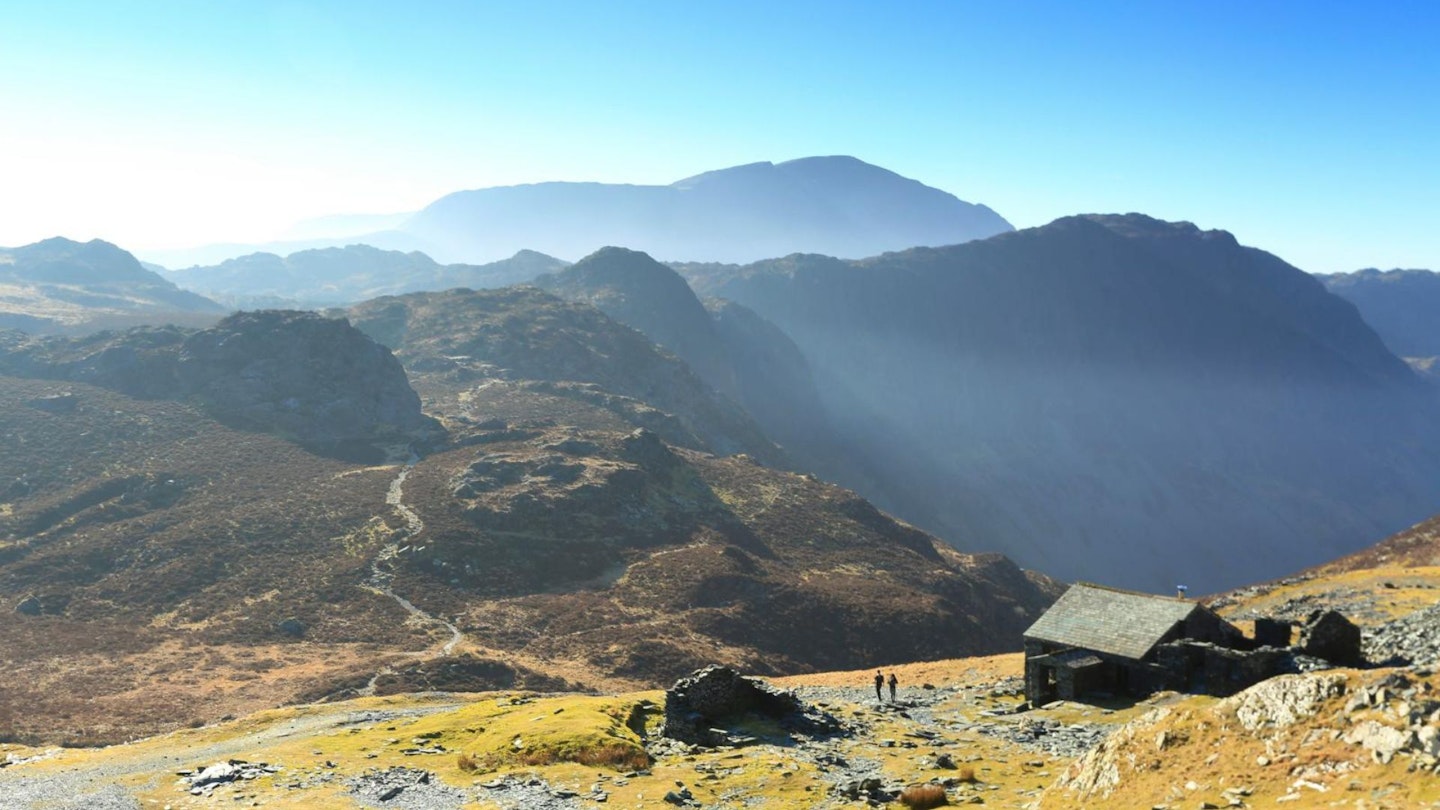
Burning your toilet paper with a lighter is the better bet for the environment but that's easier said than done if it's hurling down curtain-rods of rain and furiously windy out. Bury it if you have to. And bring hand sanitiser.
Can I take my dog to a bothy?
Yes, if it's well-behaved. The MBA has no restrictions on pets, but as always with bothying, it's about being as respectful as you can to other bothy users. If you have any doubts as to whether your dog will cope at night in a strange place, with strange people (and be polite enough not to steal any of their food), then it's best to leave them behind.
Are bothies haunted?

Certain bothies – Ben Alder in particular – come with tales of strange goings on; mysterious movements; and things going bump in the night. Sometimes this is attributed to inhabitants being tired and cold and imagining things, and many rustlings can be put down to mice or other rodents – or even stags or wild horses snuffling around outside. But some people swear that certain bothies are haunted. You'll just have to stay in one to find out.
About the author
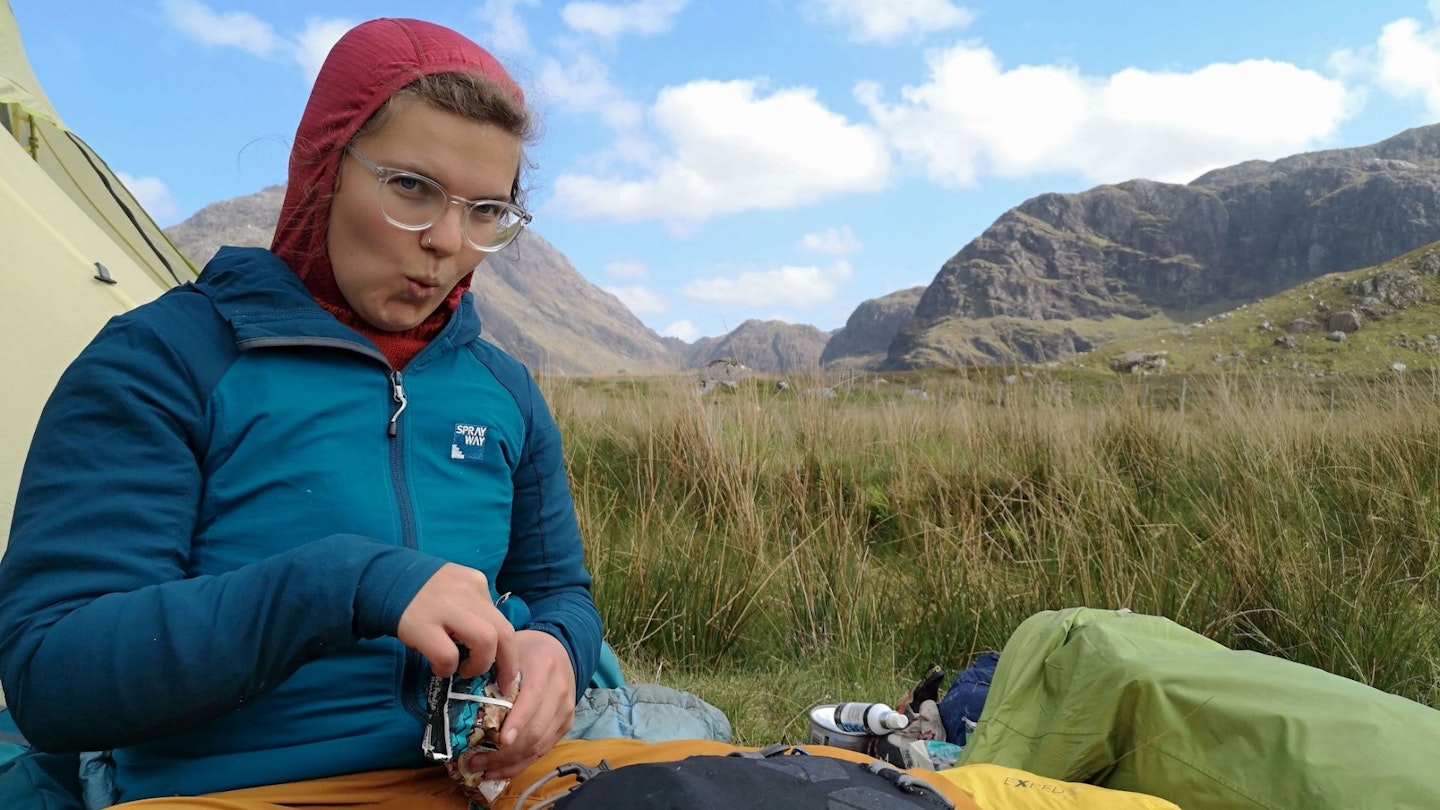
Fliss Freeborn is a writer for Live for the Outdoors and has enjoyed many a night in a Scottish bothy over the years. And other than someone putting a firework down the chimney at Suilag, and sleeping alone at Jack's Rake bothy in Glen Feshie in high winds, she has had only positive experiences while bothying. Fliss is a purveyor of creature comforts, and of all the advice in this article, maintains that bringing slippers is one of the most sensible packing decisions you can make.
